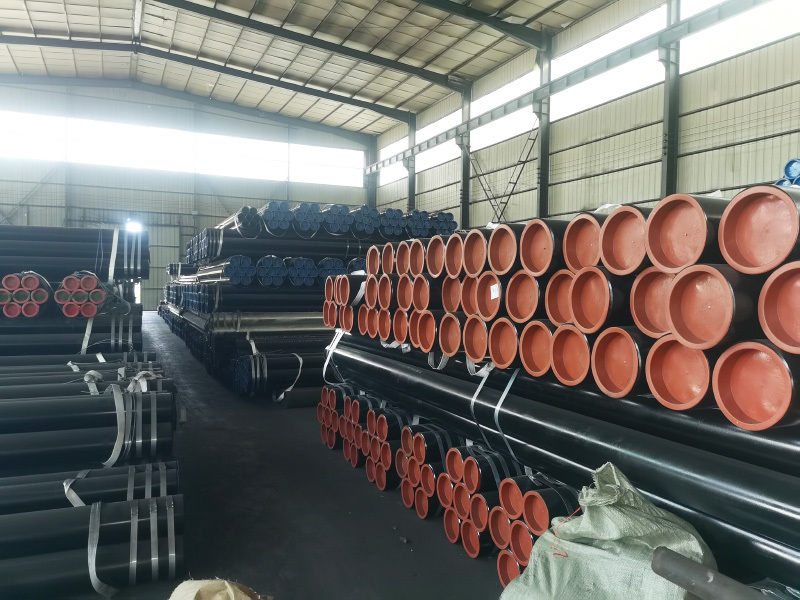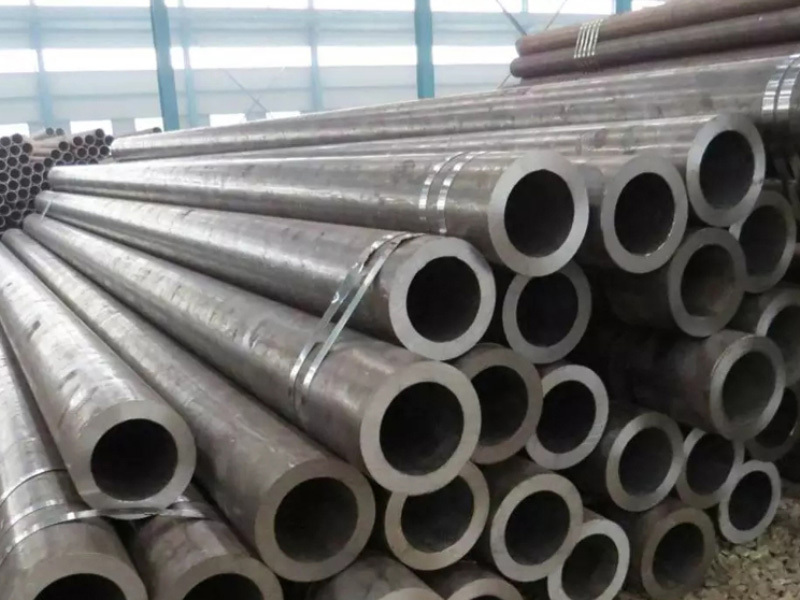Leading Smls Pipe and fittings supplier from China since 1991
Why Choose Raised Face Design for Your Piping Needs? Comprehensive Insights and Benefits
Why Choose Raised Face Design for Your Piping Needs? In the world of piping systems, the design and material choice are critical for ensuring efficiency, safety, and performance. **Raised face designs** have become a popular option for piping needs across various industries, from construction to manufacturing. This article delves into the benefits of raised face designs, making a compelling case f
Aug 06,2025

Why Choose Raised Face Design for Your Piping Needs?
In the world of piping systems, the design and material choice are critical for ensuring efficiency, safety, and performance. **Raised face designs** have become a popular option for piping needs across various industries, from construction to manufacturing. This article delves into the benefits of raised face designs, making a compelling case for their selection in your piping projects.
Understanding Raised Face Design
Raised face flanges feature a raised area around the flange's circumference, which plays an essential role in sealing and pressure retention. Unlike flat face flanges, the raised surface allows for a more effective seal when combined with a gasket, leading to enhanced performance in high-pressure applications.
Key Characteristics of Raised Face Flanges
Raised face flanges are characterized by several notable features:
1. **Height Variation**: The raised face is typically 1/16 inch for standard flanges, but this can vary for specific applications.
2. **Material Compatibility**: These flanges can be crafted from various materials, including carbon steel, stainless steel, and alloy materials, ensuring compatibility with different piping systems.
3. **Pressure Ratings**: Raised face flanges are available in various pressure ratings, allowing for versatility in applications ranging from low-pressure to high-pressure systems.
Applications of Raised Face Designs
Raised face flanges are widely employed in various fields, such as:
- **Oil and Gas Industry**: Essential for transporting hydrocarbons safely and effectively.
- **Chemical Processing**: Important for maintaining the integrity of chemical reactions and processes.
- **Water Treatment Facilities**: Used in piping systems that handle high-pressure water transport.
Benefits of Choosing Raised Face Flange Designs
When considering your piping needs, the advantages of raised face designs cannot be understated. Here are some compelling reasons to opt for this design:
1. Enhanced Sealing Capability
One of the primary benefits of raised face flanges is their superior sealing capability. The raised area provides a more significant contact surface for the gasket, reducing the chance of leaks and improving overall system integrity. This quality is vital in high-pressure environments where leakage could lead to catastrophic failures.
2. Improved Pressure Retention
Raised face designs excel in maintaining pressure within the piping system. The design allows flanges to withstand higher pressure levels compared to flat face counterparts, providing peace of mind when dealing with volatile substances or high-pressure liquids.
3. Versatility Across Applications
Whether you are working in the **petrochemical**, **water treatment**, or **manufacturing sector**, raised face flanges can be customized to meet specific requirements. Their adaptability makes them suitable for a wide range of fluids and gases, ensuring reliability across various applications.
4. Cost Efficiency Over Time
While the initial cost of raised face flanges may be higher than flat face options, their long-term benefits often outweigh this upfront investment. The decreased likelihood of leaks and failures translates to lower maintenance costs and less downtime, providing significant cost savings over the lifespan of the piping system.
5. Enhanced Structural Integrity
The design of raised face flanges contributes to the overall structural integrity of the piping system. By providing a more robust connection point, these flanges help distribute stress evenly, reducing wear and tear over time. This characteristic is especially beneficial in applications with fluctuating pressures.
Installation Considerations for Raised Face Flanges
Proper installation of raised face flanges is crucial for ensuring optimal performance. Below are some installation tips to consider:
1. Gasket Selection
Choosing the right gasket is essential for achieving a proper seal. The gasket should match the flange material and be compatible with the fluid being transported. Common gasket materials include rubber, compressed non-asbestos, and metal.
2. Torque Specifications
Follow the manufacturer's torque specifications when tightening the bolts. Over-tightening can lead to flange warping or gasket damage, while under-tightening may result in leaks.
3. Surface Preparation
Ensure that both the flange face and the gasket surface are clean and free of debris. Any surface imperfections can affect the sealing capability and lead to failures.
Common FAQs About Raised Face Flanges
1. What is the difference between raised face and flat face flanges?
Raised face flanges have a raised sealing surface that provides better sealing capabilities, especially in high-pressure applications, compared to flat face flanges.
2. Can raised face flanges be used in low-pressure systems?
Yes, raised face flanges can be used in low-pressure systems, but they are especially beneficial in high-pressure environments where sealing is critical.
3. How do I know what size raised face flange to choose?
The size of the flange should match the pipe diameter and should be determined based on the specifications of your piping system and the requirements of your application.
4. Are raised face flanges compatible with all types of gaskets?
While many gaskets can be used with raised face flanges, it’s essential to select a gasket that is compatible with both the flange material and the fluid being transported.
5. What maintenance is required for raised face flanges?
Regular inspections for leaks, corrosion, and wear are crucial. Additionally, ensure that bolts are properly torqued, and replace gaskets as needed to maintain optimal performance.
Conclusion
Choosing raised face designs for your piping needs offers numerous advantages, including enhanced sealing capabilities, improved pressure retention, and long-term cost efficiency. Whether in the oil and gas industry, chemical processing, or water treatment facilities, raised face flanges prove to be a reliable and versatile option. By understanding their benefits and installation considerations, you can ensure that your piping systems operate efficiently and safely. Investing in raised face flange designs not only optimizes your current projects but also sets a solid foundation for future applications.
Hot Tags:
PREVIOUS:






